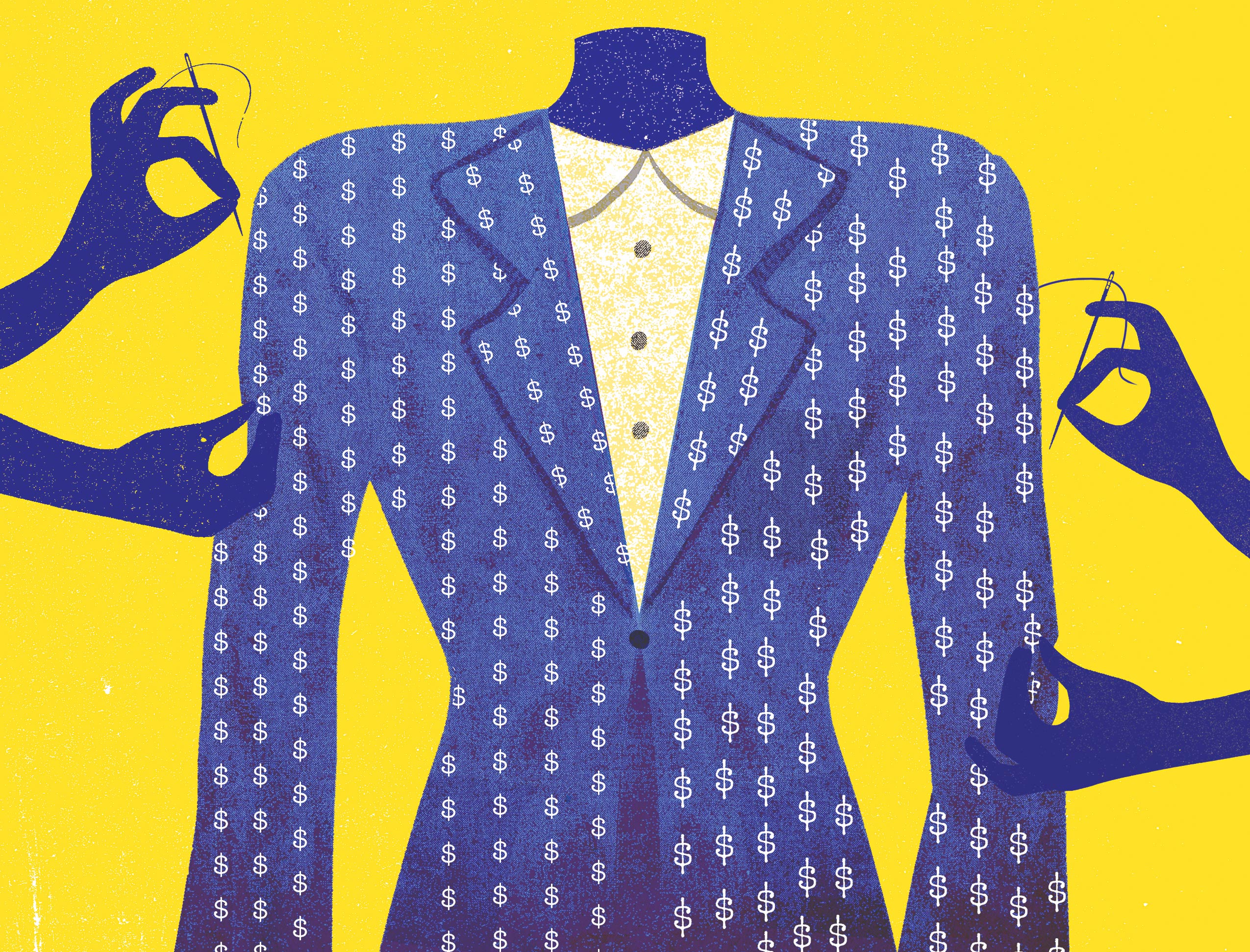Litigation is often seen as an either/or proposition. You either settle out of court or go to trial and leave the outcome entirely in the hands of a judge or a jury. But Professor Kathryn Spier, an economist on the HLS faculty since 2007, has researched another option: whereby parties go to trial with an agreement in place on the ceiling and floor for the plaintiff’s recovery. She spoke with the Bulletin about the benefits and potential pitfalls of such “tailored lawsuits” as well as her unique role on the faculty.

What kinds of cases are best suited for these agreements?
Spier: The cases that might go to litigation anyway, and also cases that are perceived to have high risk associated with them. So, both parties think that on average they’re likely to win or do well at trial, but there’s also a risk of something like a runaway jury award. In those cases, they want to limit their risk by using some kind of a tailored suit or a high-low agreement.
If people can agree on a general range of damages, why can’t they settle their case without going to court?
That’s kind of a puzzle. Some practitioners and judges see the high-low agreement as a first step toward a settlement. In terms of the statistics, we’re seeing mixed results on this. Based on insurance company data, about half of the cases that signed high-low agreements subsequently settled. But the other half went to trial or arbitration. I don’t think we can conclude that the high-low agreement was causing them to settle or preventing them from settling. In theory, it could go either way. If parties have these options available, it makes trial less risky and therefore more attractive, so these agreements could discourage settlements rather than encourage them.
Should the legal system actively encourage these kinds of agreements?
I have mixed feelings about it. The libertarian side of me feels that if the parties want to sign these kinds of contracts, then they’re signing them because it’s in their mutual financial interest to do so, so we should let them. If they don’t know about these types of contracts, letting them know about them does them a service. However, there are some downsides. If this drives more people to the court system, the fact that our taxpayer dollars are paying for that could be a bad thing from a public policy perspective. Some of these cases might otherwise settle out of court altogether. The parties are basically gambling by using these contracts; they’re speculating. So maybe we shouldn’t be promoting this kind of speculative activity.
Litigants aren’t required to disclose the existence of high-low agreements during trial. Why is this, and what are the consequences for failing to disclose such an agreement?
There’s a sense that if it were disclosed, there’d be an anchoring effect, so that if a judge or jury were to hear what a high-low agreement was, they might then disregard the evidence that’s presented and instead use those offers as evidence in deciding the case. From a public policy perspective, I think it is a problem that it’s not disclosed to a judge or a jury. A judge or a jury may waste a lot of time deciding “Should we award $10 million or $20 million?” It could save hours or days trying to make that fine distinction, trying to do a really good job accurately pinpointing the award. And in the end it’s not going to matter.
How widespread have these agreements become?
It is hard to say. In one data set from a large national insurer, of the cases that went to trial or arbitration, about 4 percent had high-low agreements. In another data set from New York’s summary jury trial program, about 80 percent had these agreements. When I tell friends of mine who are lawyers what I’m working on, most of them say, “I negotiated one of those once.” I don’t really know why high-low agreements are not more common. There are some pretty obvious advantages in having them. I think people are not as informed about them as they might be. Maybe because lawyers are trained in law schools and not as financial analysts. This is what people who hedge markets do—financial folks do these kinds of things all the time in other contexts. I think they’re just not as familiar to legal practitioners.
Speaking of which—what has your experience been like as an economist on the Harvard Law faculty?
I love it here. I’m having the greatest time. I started off teaching in the economics department at Harvard as an assistant professor, and then my husband and I moved out to Northwestern, where we taught at the business school. That was all fine, but my research has always been on litigation and contracts and torts, so I always felt a little torn. I would go into the classroom and teach managers about strategy, and we’d talk about how managers could make more money, but I wouldn’t be talking about legal issues. And so coming here, I’m basically teaching the managerial stuff that I used to teach in business school to law students. And I can incorporate some of the legal strategy issues into the classroom. The other great thing is that I’m kind of unique here. At business school, almost everybody is an economist, so all the classes are taught by economists. But around here I’m unique and my courses are different, and the students appreciate that option. The law students like me better than the M.B.A. students!
